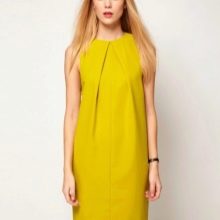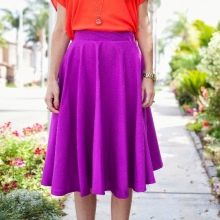What is polyester and how to care for the fabric?

Polyester is a material based on polyester fiber. It is a durable fabric obtained through special processing. What are the features of this material, its advantages and disadvantages, as well as the types and areas of application, and will be discussed today.
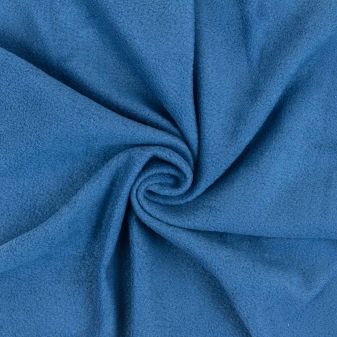
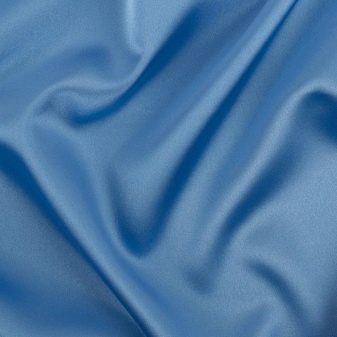
Advantages and disadvantages
Currently, polyester is used in various industries. For the first time they started talking about such material about a hundred years ago. At this time, various developments began to be carried out in the United States associated with the active expansion of chemical industries. Although research began in 1926, polyester fiber was officially registered and patented only 15 years later, in 1941.
Now this material has become very popular, it is actively used in many countries.
There are fabrics made entirely of polyester. There are also options for mixing with other fibers. Most often it is combined with cotton or wool. In addition, there are other options: a mix with spandex, polyamide or elastane.
However, the quality of the material may vary.
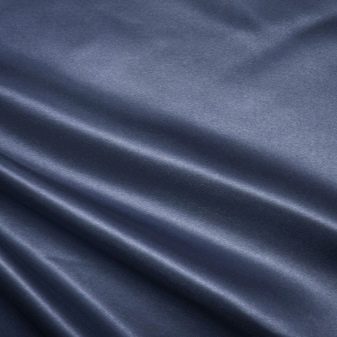
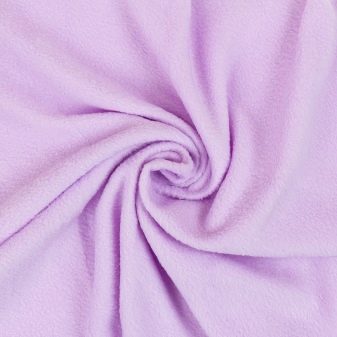
The main advantages of this material include the following points.
- The practicality of the material. During production, it is possible to obtain a canvas that is very resistant to negative influences, characterized by strength. Even after frequent washings, it will not stretch or deform, will not lose its original shape, and will not wrinkle.
- Attractiveness. The material is pleasant to the touch and does not deform.Even after long-term wear or use, no clues appear on it, no pellets will form. As a result of washing, products made of such a material will not lose their attractiveness, they do not need to be ironed.
- Huge color paletteable to satisfy even the most fastidious consumers.
- The material is distinguished by low indicators of hygroscopicity and waterproof, as a result of which the fabric practically does not get wet, and things dry quickly. Due to these properties, the fabric is usually used for sewing seasonal items, jackets, raincoats. It is also used for the manufacture of awnings.
- It is a very durable material, it cannot be torn by hand., this can only be done with scissors. The wear resistance of the fabric and its strength are its main advantages. This material is considered to be tough; the addition of additional fibers to the composition, giving softness, will make it softer.
- The material will not fade under the rays of the sun, is resistant to fire. If sparks hit the surface, it will smolder, but will not ignite. Elimination of the fire will lead to the cessation of smoldering.
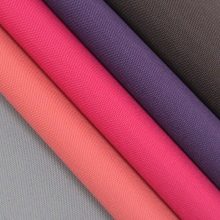


Among the disadvantages, it is worth noting that the fabric will be poorly permeable due to the low level of breathability. In addition, products made from polyester fibers must not be washed with chlorine-based products. Also, the disadvantages include the fact that some types of canvases can be poorly stained.
The presence of synthetic fibers leads to the build-up of static electricity, which contributes to the deposition of debris and fine dust on the surface. To get rid of this, most manufacturers try to add anti-static fiber to the composition.
When buying products made from polyester material, it should be borne in mind that sometimes they can cause reactions in people prone to allergies.
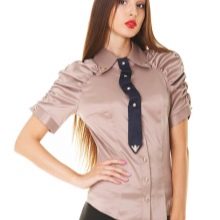

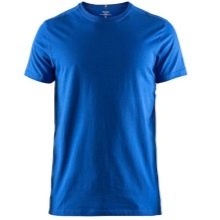
Features of production
The material is created by extrusion. Its production is carried out by preliminary melting, then forcing through the forms. After cooling the air, the fabric is stretched and cut to obtain a fiber of the required density.
After such a complex process, it is possible to obtain a wear-resistant material with different characteristics. Among the disadvantages, it should be noted that during the production process, toxins are released, which does not affect nature in the best way. But for a person, according to experts, this material is absolutely harmless.
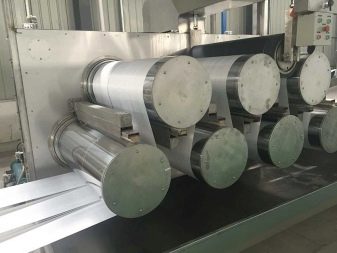

Compatibility with other materials
Polyester fibers are used both independently and in combination with other materials. Such combinations give the material special properties.
Thanks to the mix combinations:
- performance improves, which directly affects the duration of wear of products;
- it will be easier to take care of things, they will not "sit down", they will become more elastic.
Synthetic threads can be combined with natural or artificial fibers. It can be viscose, cotton, linen, polyamide.
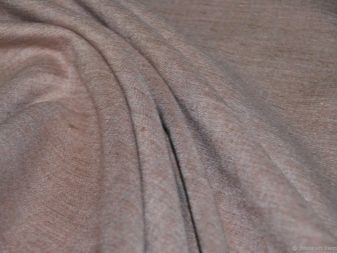
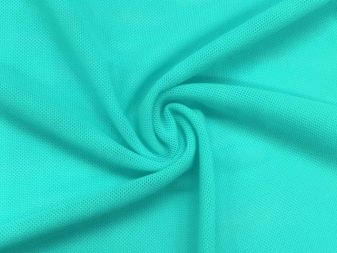
In its pure form, 100% polyester is a tough fabric that, when compressed, still regains its original shape. Combination with other materials allows you to obtain a canvas with improved characteristics.
- Cotton. When synthetics are added to cotton, although some hygienic qualities of natural fabrics decrease, this will pay off with other advantages. Thanks to the mixing, the canvas becomes stronger and more durable. Such products do not require special care, they do not need to be ironed. The price of the finished item is reduced. Polyester cotton fabric is suitable for sewing home clothes, textiles.
- Wool. The combination with woolen fibers leads to an increase in the service life of the material at times. Such products begin to crumple less, they can be washed in a washing machine, wrung out, they become resistant to wear and tear.Outwardly, such a material cannot be distinguished from wool, especially if the proportion of synthetic fibers in it does not exceed 30%.
- Linen. Ready-made clothes made of polyester fibers and linen will be much more practical than without synthetic additives.
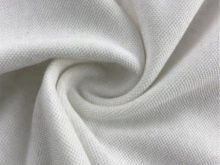

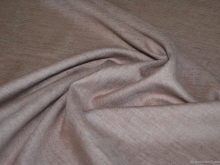
As a result of such combinations, materials are obtained with improved characteristics, which in appearance will practically not differ from natural fabrics.
Views
In the textile industry, a wide variety of fabrics are produced on the basis of polyester fibers, which have different densities, differ in texture, appearance, and have a different field of application. The most popular fabrics include polyester, acrylic, microfiber and polyester silk. In this case, the ratio of polyester to other materials can be 30–67%.
Polyester
Polyester products can be used in various industries. Upholstery for furniture, bedspreads, sofas, armchairs are usually sewn from this material. This is a great option for creating casual wear and uniforms. Due to its durability, water-repellent properties and ease of maintenance, this material has been able to gain considerable popularity. Polyester can be easily dyed in a wide variety of colors, products from it will not fade, fade in the sun. Even long after use, plain dyed fabric will remain attractive.
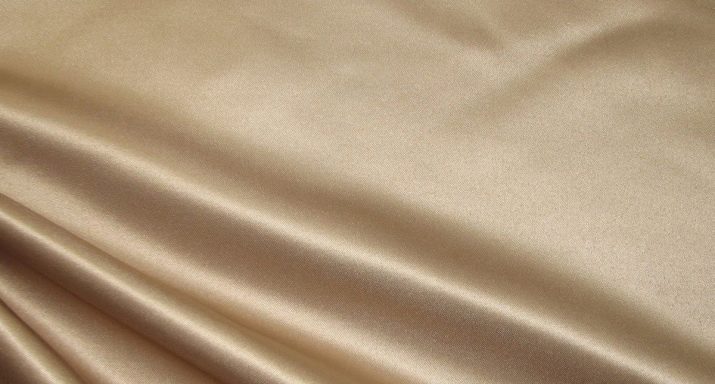
Lavsan
Lavsan is a synthetic material obtained in the 50s of the last century. It was at this time that he received his name, in other countries the fabric is called differently. Lavsan has excellent characteristics, it is easy to care for it, it does not fade in the sun, it is easily painted in various shades.
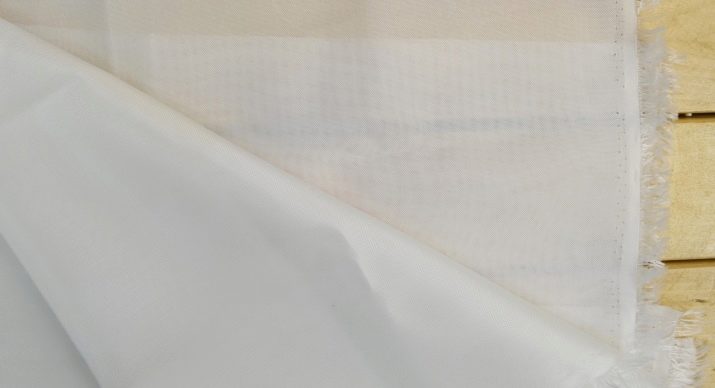
Acrylic
Acrylic canvas with a polyurethane coating is quite dense, so it is often used in the manufacture of wallpaper, roller blinds, stretch ceilings. This is an excellent material suitable for the manufacture of shopping tents and stalls, banners with advertising slogans and other products that will be used on the street.
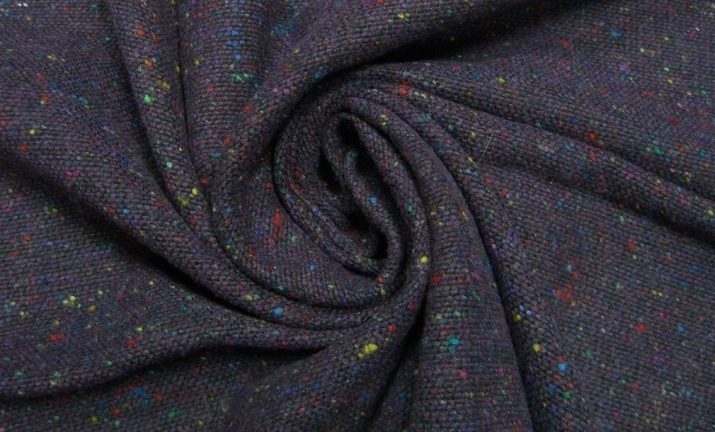
Microfiber
In the manufacture of microfiber, the finest polyester fiber is used. The material has good breathability and water resistance. Microfiber products are quite in demand. This is especially true for people involved in active sports, professional athletes, amateurs. Microfiber is used to sew suits for sports activities, T-shirts, clothes and underwear for home, etc.

Polyester silk
Outwardly, it will be difficult for an ordinary person to distinguish products made from natural silk from polyester. As for the density of the web, this figure should not exceed 160 kg / m3. Use the material for sewing kitchen textiles, curtains, bedding.
Flags and banners are made of polyester silk, used for the manufacture of various symbols.
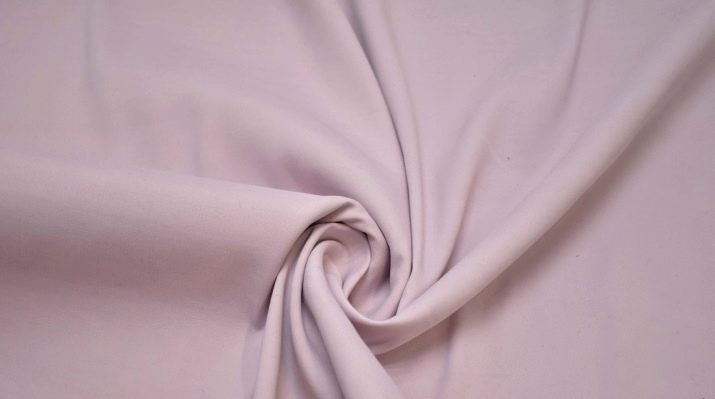
It is also worth noting supplex, which is a canvas stretching in different directions. This fabric is made in part from polyester. In addition, the supplex may contain elastane, lurex, nylon or microfiber fibers.
Polyester is also included in the composition of fleece, invented in 1979 by scientists from America. It is used when sewing various products with fleece. Such material perfectly repels moisture and retains heat. Special processing of the web prevents the formation of pellets on the surface, prevents fire.
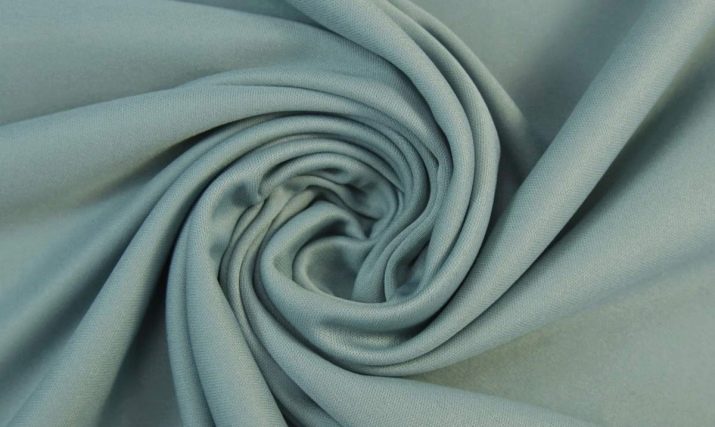
Top manufacturers
The best manufacturers in Russia engaged in the production of synthetic material include those listed below.
- VNIISV (Tver). This is the only company on the territory of Russia and in the CIS countries, which includes not only a plant, but also an institute engaged in experimental development. For more than 60 years the company has been creating various materials from synthetic fibers and fibrous materials.
- "Tekhnoelektrostandart" (Tver region, Tver). This manufacturer specializes in the supply of polyester premixes and other materials.
- "Mogilevkhimvolokno" (Mogilev). Among the manufacturers of polyester products, this company has been holding a leading position for almost 50 years. It strives to meet the needs of consumers by providing a safe working environment and reducing the negative impact on the environment.
- JSC "VHZ" (Vladimir). The plant produces a series of polyethers, which are used to obtain polyurethane foam, a foam stabilizer.

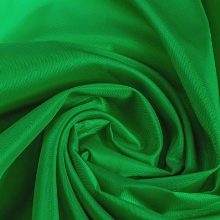
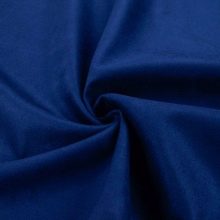
Besides, I would like to note the company "Veliga"... The factory is engaged in the production of various types of polyester yarn fabrics. This company has been operating on the market since 2002.
Applications
As for the scope of application of polyester, it is very wide. This material can be used to make items that are in demand in a wide variety of areas and industries.
Polyester can be used in the following cases.
- When creating travel accessories, including sewing tents, bags and backpacks, sleeping bags and even ropes. Due to the properties of the material, the products will withstand extreme weather conditions well.
- For sewing work clothes. Jackets, overalls, and various special items are sewn from the material in demand. Such clothes will last a long time, they are practical, comfortable and comfortable in them.
- Polyester fibers are also used to create home textiles, fillers, toys, bedding sets.
- It is used for interior decoration. This material is used to create wallpaper, furniture upholstery, insulation, decorative elements.
- Fabrics with polyester fibers are also used for sewing everyday clothes. Products made from them will look presentable and beautiful for a long time.

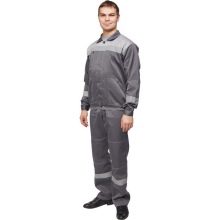
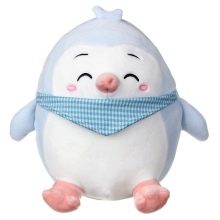
Polyester can be used not only for banners, tailoring and home textiles.
This material has also found application in medicine. So, during surgical operations, non-absorbable braided sutures with a silicone coating are used. It is used in various branches of medicine, from ophthalmic to plastic or cardiovascular surgery. This is a very durable material that does not lose its qualities over time. Products made from it are safe, non-toxic and sterile.
In the food, chemical and oil industries, technical polyester filter cloth is used, which has certain properties:
- insensitive to aggressive environments;
- has high resistance to fire;
- it is moisture resistant;
- has good drainage properties;
- characterized by a long service life;
- environmentally friendly.
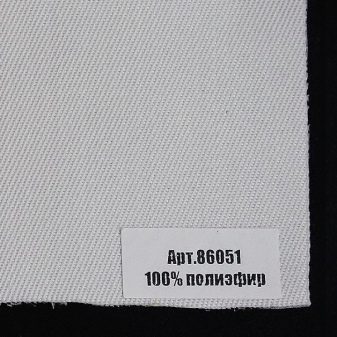
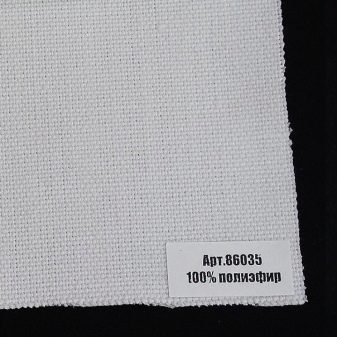
In the food industry, the material is used in the form of filters used for the preparation of juice, syrup, and dairy products. In the metallurgical field, it is in demand as a filter cloth for air purification. Chemists use polyester to produce pigments, purify high concentration products. The material is also used as a catalyst in tire, rubber and asbestos-cement industries.
Polyester coating is relevant in the production of metal tiles, finishing of facade panels, parts for cars and bicycles, as well as road signs and advertising.

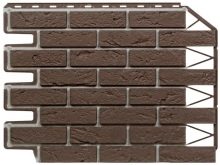

Care Tips
Synthetic fiber fabrics are easy to maintain. They are allowed to be cleaned in the washing machine, they do not require complex care and many manipulations. But in order for the service life of the products to be as long as possible, it is important to adhere to some of the advice given by the manufacturers.
- Although things made from synthetic materials can tolerate different temperatures well, you should not use excessively hot water when washing. It is better that the temperature does not exceed 40 degrees.
- After washing, it is undesirable to use the autospin. It is better to remove excess liquid by hand.
- For washing, you should use a detergent or gel intended for this type of fabric.
- The use of bleach and other aggressive chlorine-containing products is not advisable.
- Products made from polyester fibers do not wrinkle, so they do not need to be ironed. If necessary, use an iron, choosing the appropriate mode.
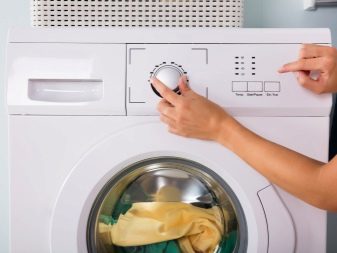
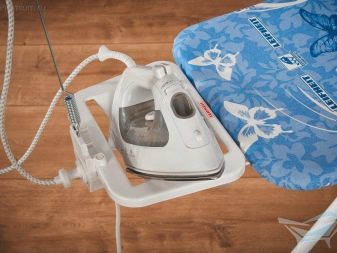
Having studied what polyester is, it should be noted that such canvases are rated quite high.
Products made from a popular material look very attractive, which increases the demand for such products. Items made from polyester synthetic fibers last a long time. They tolerate temperature extremes and changes in weather conditions well. Pills do not appear on them, which has a positive effect on the appearance of the product, in contrast to completely consisting of natural ingredients.
The addition of polyester fibers to the blended webs can improve the existing properties and even correct weak points. The presence of polyester makes the fabric more durable, wear-resistant and wrinkle-free. While synthetic fibers have great advantages, there are also disadvantages to consider.
